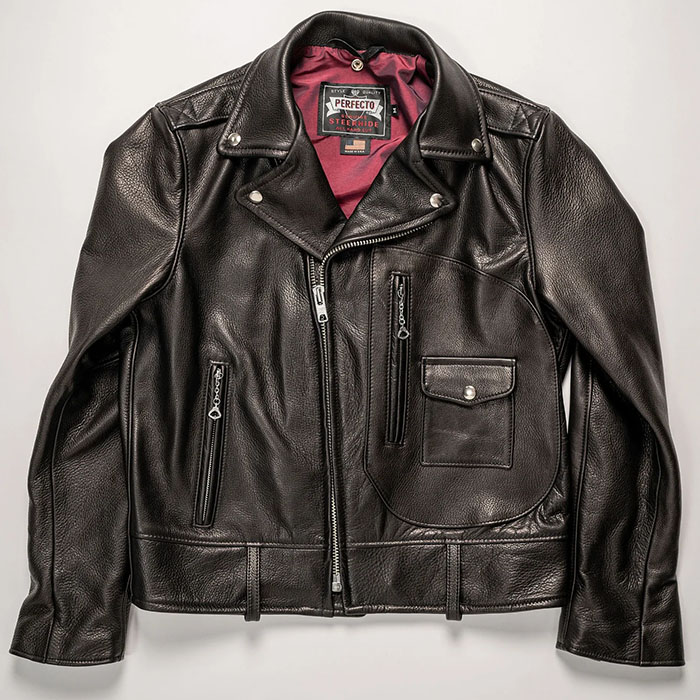Edward
Bartender
- Messages
- 25,442
- Location
- London, UK
Yes, that suit is awesome. And if you look closely, you'll see his tie has a selvedge.
The whole outfit is sublime - but it's also how he wears it. It's what's wrong with a lot of modern period films as well, while other just soar: you really can sense when people are comfortable in their own clothes. Sometimes you see an actor on screen in a 40s suit and he just looks all wrong, forever fidgeting, like a child dressed up for a family wedding. Then you get those who just inhabit those clothes, so natural in them, and they look like they would belong in a picture from back then, just like that. Dicaprio is one of the latter. I don't know what he wears off duty, but it's a rare actor now who looks as at-home in 40s & 50s period pieces as he does, imo.


